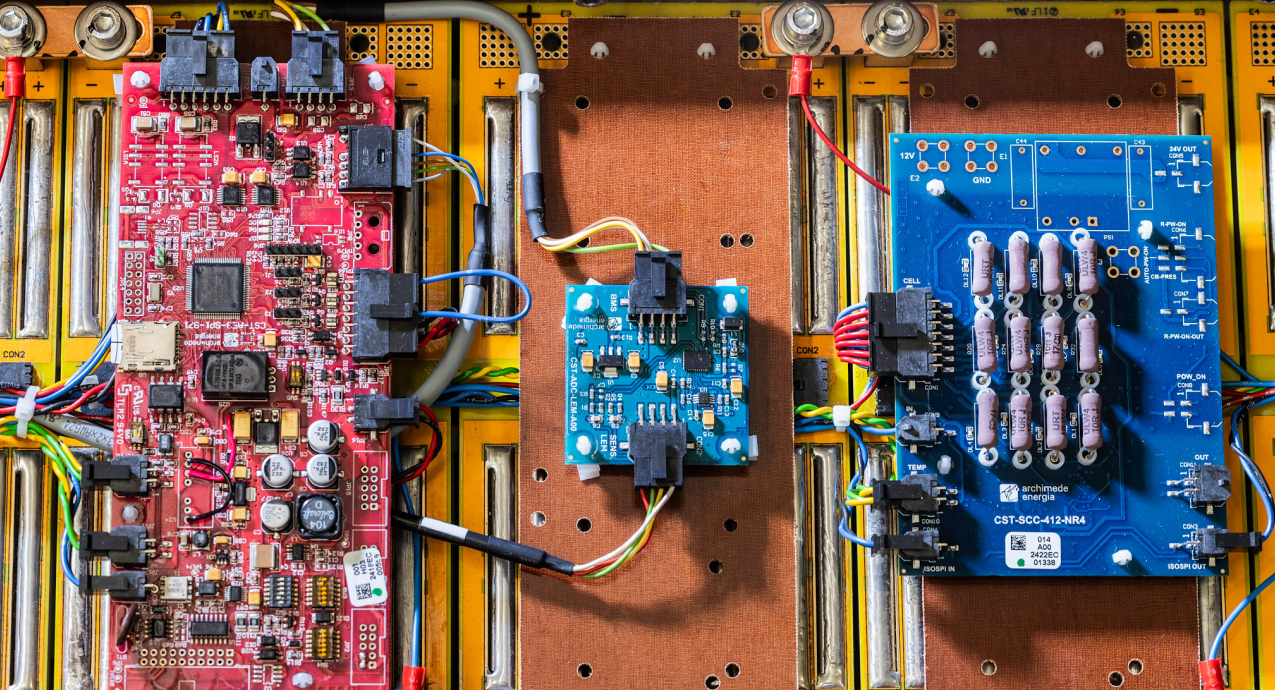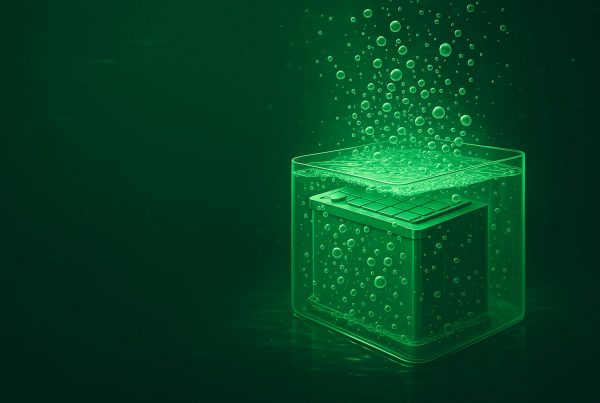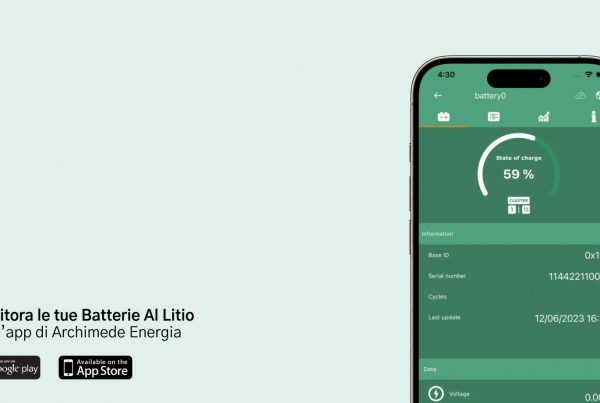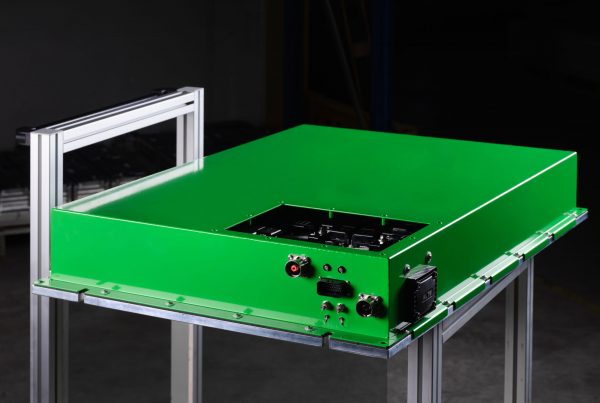WHAT IS A SECOND-LIFE BATTERY?
Batteries, when they reach their end of life (EOL), can no longer be used for their original application due to reduced performance and capacity. However, defining the concept of “end of life” can lead to ambiguities. To avoid this, the European Union has set the threshold at around 70-80% of the nominal capacity. This does not mean that the battery is no longer usable; it can be employed for purposes requiring less capacity. Giving batteries a second life by using them in different ways offers significant economic and environmental benefits. Developing second-life batteries and sustainable battery packs can reduce waste, creating both challenges and opportunities.
THE BATTERY RECYCLING PROCESS
An effective application of the circular economy is evident in the sustainability goals of reusing batteries or recycling their materials at the end of their life. When a battery reaches the end of its “first life,” there are three classic options for its “second life”:
- Repurposing: Select and combine various suitable battery packs based on residual condition, capacity, etc., to create refurbished packs.
- Refurbishing: Disassemble battery packs, recondition individual cells, and repackage them into new modules.
- Recycling: Extract valuable metals from the battery for various uses.
Repurposing or refurbishing involves a rigorous selection process because batteries from the same application may have been used differently, resulting in varying performance levels. Traditional Battery Management Systems (BMS) cannot effectively handle significantly unbalanced battery packs without substantial performance loss. For this reason, new types of BMS are emerging, designed to operate entirely differently. These specialized BMS act as inverters, switching cells on and off in real-time, transforming a challenge into a valuable resource.
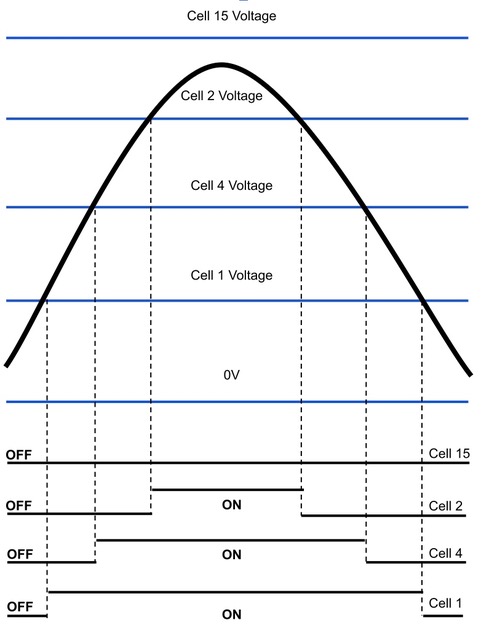
KEY BENEFITS OF BATTERY RECYCLING AND REUSE
Energy storage systems and batteries play a strategic role in the value chain of the energy transition. They are essential for advancing more effective, efficient, and competitive electrification solutions across various sectors, reducing dependence on fossil fuels that contribute to global warming. Second-life batteries provide clear environmental benefits during both extraction and disposal phases, including:
- A reduction in mining activities and increased conservation of resources, preventing further depletion of Earth’s minerals and avoiding energy-intensive and high-emission material processing.
- A reduction in waste released into the environment.
- The reuse of materials after they have been recycled.
THE EUROPEAN UNION AND THE DEVELOPMENT OF A SUSTAINABLE SUPPLY CHAIN
The European Union is currently working to develop a supply chain dedicated entirely to the disposal of this specific type of waste. This shift represents not only a challenge but also an opportunity for manufacturers, who could directly manage the disposal and reuse of the batteries they produce, thereby developing a new business model. With the introduction of the European Battery Passport, information about the battery’s history must be made available to its owner to determine its further use, reuse, or refurbishment potential.
ARCHIMEDE ENERGIA’S COMMITMENT
At Archimede Energia, we are deeply committed to sustainability and innovation. We produce lithium batteries with a strong focus on environmental care and safe use. We are regularly registered with the Batteries and Accumulators Register and collaborate with Cobat, Italy’s leading consortium for the collection and recycling of spent batteries and accumulators. Our daily mission is to research sustainable ecological solutions, actively contributing to the energy transition and the sustainable lifecycle of batteries.
In recent years, the entire energy sector has undergone a large-scale transformation, driven by both the natural end of conventional energy sources and the European Union’s goal of achieving carbon neutrality by 2050. In this context, second life batteries (SLBs) present themselves as a promising solution to address the challenge of reusing lithium-ion batteries at the end of their first life, especially in the context of electric vehicles (EVs).


